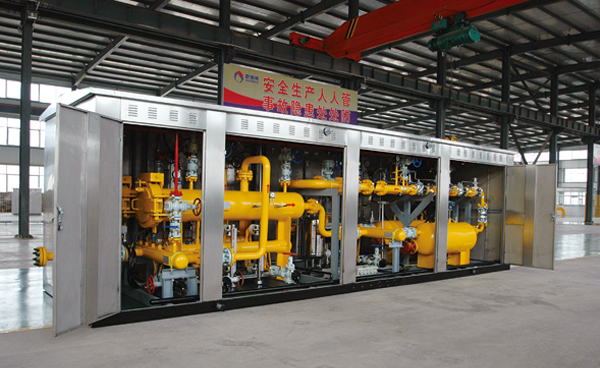
Nov . 02, 2024 18:43
Back to list
صمام تنظيم ضغط الغاز
Understanding Gas Pressure Regulating Valves
Gas pressure regulating valves play a crucial role in a variety of applications, ranging from residential heating systems to industrial gas distribution. These valves ensure that gas is delivered at a consistent and safe pressure, preventing potential hazards associated with overpressure situations. This article explores the functions, types, and importance of gas pressure regulating valves in our daily lives.
What is a Gas Pressure Regulating Valve?
A gas pressure regulating valve, often referred to as a pressure regulator, is a mechanical device that reduces the high pressure of gas from a source, such as a gas line or a storage tank, to a usable, lower pressure that is safe for appliances and equipment. By maintaining a steady pressure, these valves protect appliances from damage, ensuring optimal performance and preventing accidents, such as gas leaks or explosions.
How Do They Work?
The operation of a gas pressure regulating valve is relatively straightforward. The valve receives high-pressure gas from the supply line and contains a diaphragm or piston which responds to changes in pressure. When the gas enters the valve, it acts on the diaphragm, and depending on the pressure, the valve adjusts the opening to allow gas to flow at a consistent and predetermined lower pressure. This feedback mechanism ensures that variations in supply pressure do not affect the downstream pressure delivered to appliances.
.
There are several types of gas pressure regulating valves, each designed for specific applications
صمام تنظيم ضغط الغاز

1. Single-stage Regulators These are typically used in low-pressure systems and can reduce pressure in one step. They are simple and cost-effective but may not be suitable for applications requiring precise pressure control.
2. Two-stage Regulators These provide a more stable output pressure by using two steps of pressure reduction. The first stage reduces the high supply pressure to an intermediate level, while the second stage further reduces it to the desired output pressure. This type is often used in applications where fluctuating supply pressure is common.
3. Back Pressure Regulators These are designed to maintain pressure in a system by allowing gas to vent off when the pressure exceeds a certain limit, thereby protecting upstream equipment.
Importance in Safety and Efficiency
Gas pressure regulating valves are vital for ensuring safety in gas systems. By providing stability and preventing overpressure, they significantly reduce the risk of leaks and other dangerous situations. In industrial settings, where large volumes of gas are used, pressure regulators enhance operational efficiency by ensuring that machinery operates within safe pressure ranges, thus extending their lifespan.
Moreover, in residential applications, these valves are essential for safe gas usage in heating systems, water heaters, and cooking appliances. They contribute to energy efficiency by maintaining optimal gas flow, reducing waste, and lowering utility costs.
Conclusion
In conclusion, gas pressure regulating valves are essential components in gas distribution systems. They ensure safety, efficiency, and reliability, allowing gases to be used effectively in various applications without the risk of pressure-related hazards. Understanding their operation and importance can help consumers and industry professionals alike appreciate the role they play in everyday life, underscoring the need for proper maintenance and monitoring of these critical devices.
Latest news
-
Safety Valve Spring-Loaded Design Overpressure ProtectionNewsJul.25,2025
-
Precision Voltage Regulator AC5 Accuracy Grade PerformanceNewsJul.25,2025
-
Natural Gas Pressure Regulating Skid Industrial Pipeline ApplicationsNewsJul.25,2025
-
Natural Gas Filter Stainless Steel Mesh Element DesignNewsJul.25,2025
-
Gas Pressure Regulator Valve Direct-Acting Spring-Loaded DesignNewsJul.25,2025
-
Decompression Equipment Multi-Stage Heat Exchange System DesignNewsJul.25,2025

